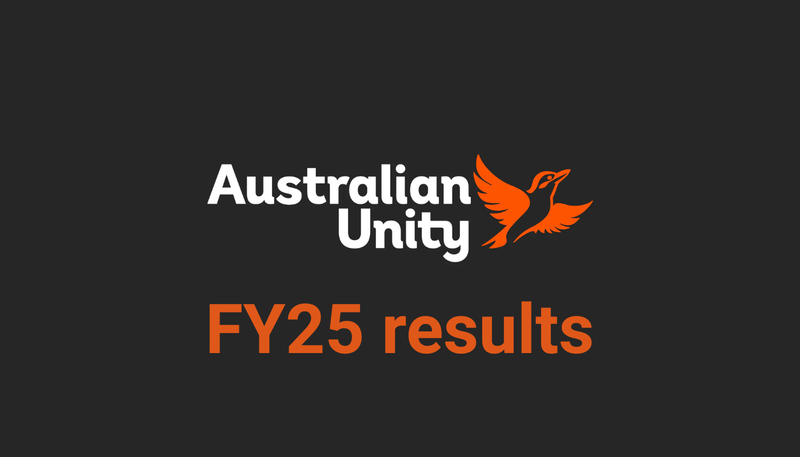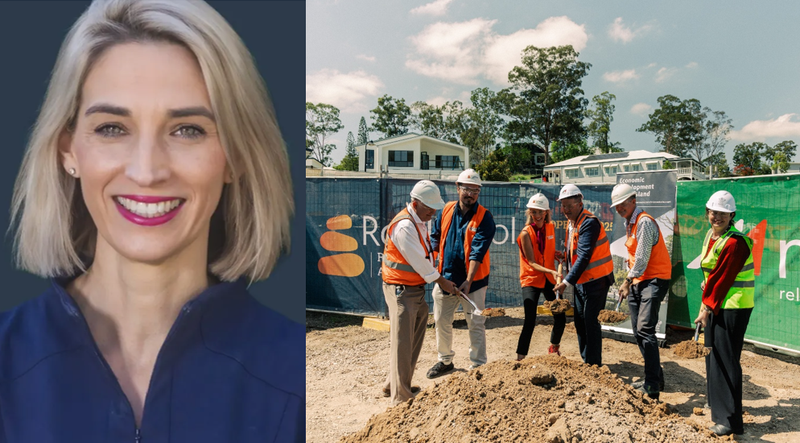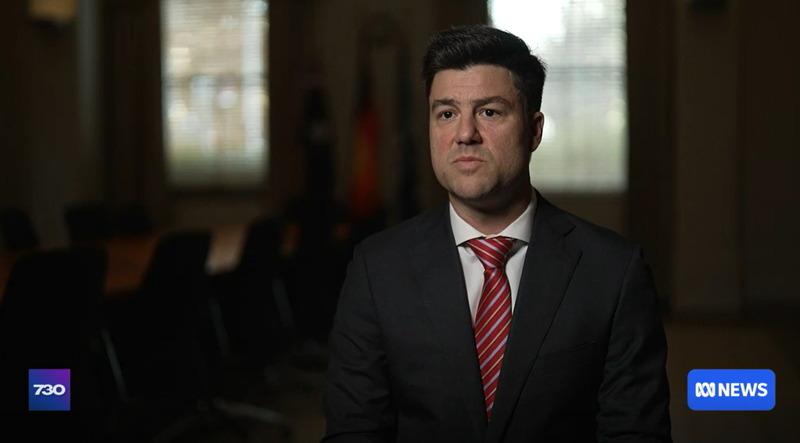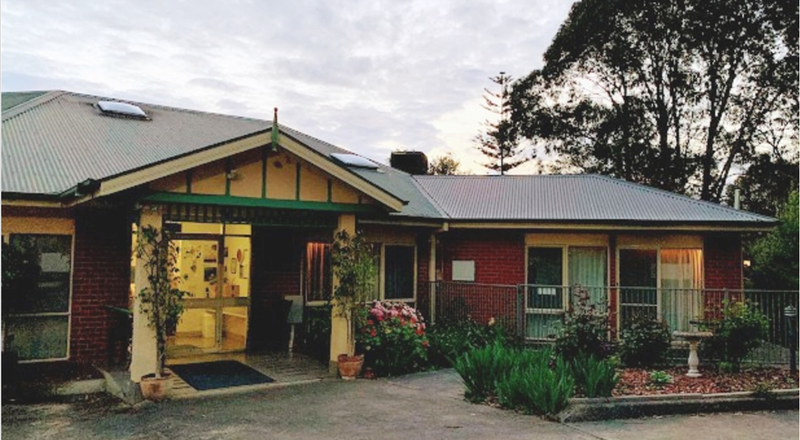Senior Counsel questions if aged care facilities should be measured on number of ambulance call outs a year during sub-acute care services panel
A panel representing sub-acute care services into residential care says the idea could be used to measure the benefits of programs that provide hospital-like care to aged care residents – provided the data is used to drive improvements in the...
A panel representing sub-acute care services into residential care says the idea could be used to measure the benefits of programs that provide hospital-like care to aged care residents – provided the data is used to drive improvements in the quality of care and is not just seen as a ‘tick a box’ requirement. During the hour-and-a-half session, Senior Counsel Assisting Peter Gray QC quizzed the panel: Dr Terry Nash (pictured below), the Clinical Lead of CARE-PACT, a Queensland Health initiative designed to provide acute care services to aged care residents through a telephone triage, clinical care planning and assessment service; its Clinical Nurse Consultant and RN Meegan Beecroft (pictured further below); and Dr Michael Montalto (pictured above), the Medical Director of the Victorian-based Epworth Hospital in the Home (HITH) Unit, the Victorian Government’s inpatient (not outreach) program to provide hospital care at home, and the Director of Aged Care Imaging Pty Ltd, which offers mobile X-ray and Ultrasound services for aged care residents in Melbourne, Brisbane and Adelaide; on several issues around the acute care delivered to people in the aged care system – including the ambulance call out measure. Dr Montalto – who has been in his role at Epworth since 1999 and convened the first world congress on hospital in the home – could see some use in a KPI for facilities.
“I think that that is a reasonably hard measure of – of activity that doesn’t necessarily need to be interpreted negatively in its own right but certainly can be used as a flag to perhaps measure on year on year the impact of innovations like this, because at the moment the ambulance is seen as the cavalry and so they’re there and I think that given you can count them and given that they’re at the moment the – the fallback position, it’s not unreasonable to use that.”
Dr Nash – a Staff Specialist Emergency Physician at the Princess Alexandra Hospital in Brisbane and the successor to the previous witness Dr Burkett – was in agreement.
“What we really need to measure is the number of ambulances that are arriving to emergency departments from RACFs and the total number of RACF patients that are turning up through all modes of transport because that’s what we’re trying to influence,” he stated. “We may drive change to act or make decisions to alter the results of last year’s KPI of ambulance transfers either up or down and if the human drive to improve that number, I am not confident that that would be based on trying to improve care for the individual. It may be more process driven and more of a KPI that’s trying to drive change in a facility without consideration of individual needs.”
Dr Montalto also warned against lumping in inpatient services such as his with other inreach or outreach services for aged care residents – which is what the Royal Commission is considering in its proposition to roll out these services nationally – because it would take away the incentives for hospitals to invest in them.
“If you were to merge them, which you might be able to do from a staffing point of view and maybe even from an organisational point of view but from the point of view of the hospital considering where its work is and where its budget will flow, I think that would be detrimental,” he said.
Again, Dr Nash supported this view, arguing inpatient and outreach services for aged care residents should be coordinated together but pointing out they are aimed at two different types of residents.
“What you’re trying to substitute in the RACF and I think that emergency medicine and emergency department assessment and acute care and understanding where there is an acute episode and what those needs are I think emergency physicians are well placed to provide that and I think ongoing Hospital in the Home is best placed by the specialties for that patient, haematology, those sorts of things,” he related.
Unsurprisingly however, the idea of a dedicated Commonwealth funding stream for these services had appeal for the panel. Dr Montalto added this would require a legislative change because as a State-funded initiative, the HITH is still subject to the cap on hospital funding.
“If this is an area where the Commission felt that we could contribute beyond what the States or even hospitals at the moment feel they want to, uncapping that from within the hospitals cap would promote growth and would promote investment into Hospital in the Home,” he said.
The panel also cautioned a national expansion would need to improve the current funding model for GPs in residential care to ensure they were able to work in partnership with outreach and inpatient services.
“Otherwise these services just start to absorb activity that GPs are the best people to respond to because they’re the experts in that parent’s global care and you end up with a non-sustainable service in the long term,” Dr Nash argued. “If considering that, demand management and it leads to these kinds of services, then I would support it.”
They weren’t keen on the Royal Commission’s other proposition of a care coordinator for residents – unless the role was supporting the resident’s GP – or an idea put forward by Mr Gray for a 24/7 national telephone triage and planning service for acute care into residential care.
“I think instead of calling an out of hours GP service or calling the patient's regular GP I think RACF teams will go I will phone this service and see if I can get the outreach team to come instead,” Dr Nash reflected. “We expect to go and see someone, make decisions very, very quickly. But ultimately at this present way that general practice is funded to receive phone calls out of hours or to see their own patients and to make those decisions, all of that demand is just going to get sucked up into that service straightaway and I think that’s a major risk.”
But the trio agreed access to live data from MyAgedCare – the idea raised by the previous panel – would be ideal, though they raised concerns about whether the data is available to carry it out in practice.
“I think it would be irresponsible to fund services like CARE-PACT or roll it out or scale it out without having accurate data on how many RACFs are coming to hospital,” Dr Nash added. “I think it would be a waste of money because services like ours, just going to pick a number out of the air, let's say we have a 10 per cent improvement in some number, hospital admission rates, things like that but if the error rate is in the order of 20 or 30 per cent, my 10 per cent improvement is pointless. So, we need that data either to be accurate before we can judge whether we’re successful or not.”
And we are back again to the need for data – are the Commissioners tired of these roundabout conversations?





